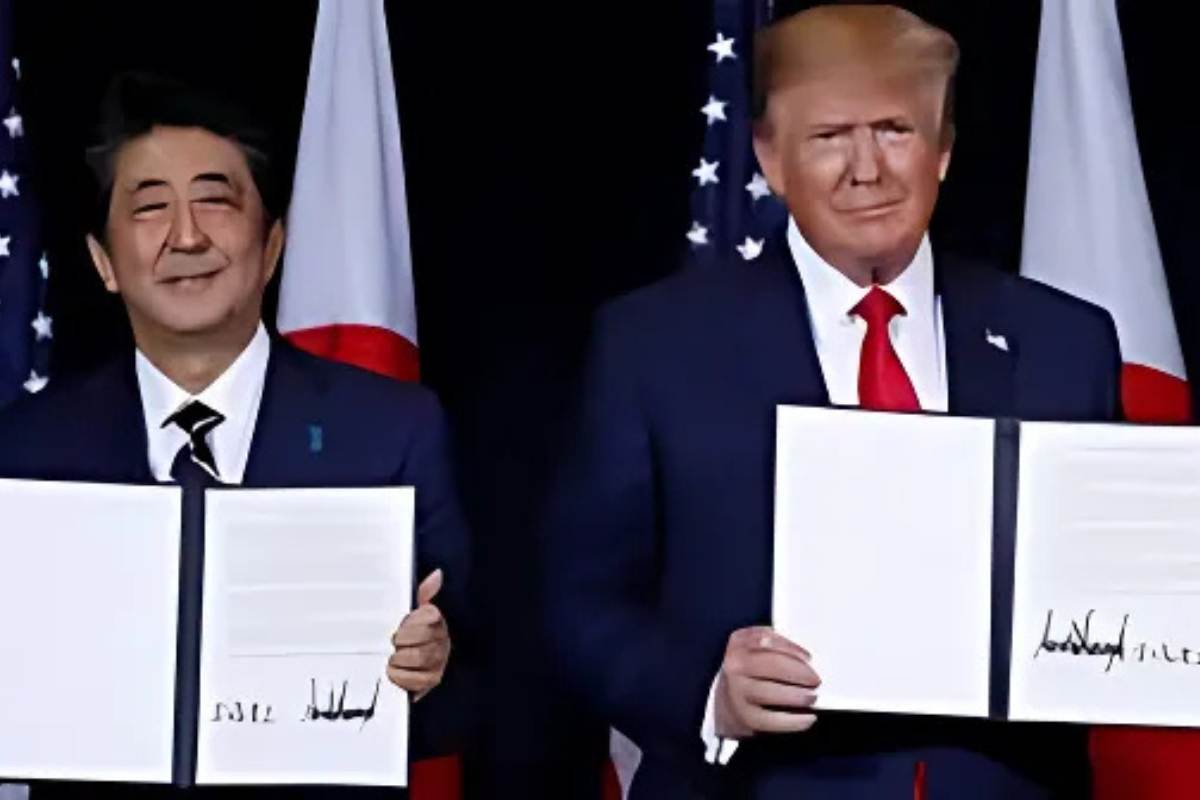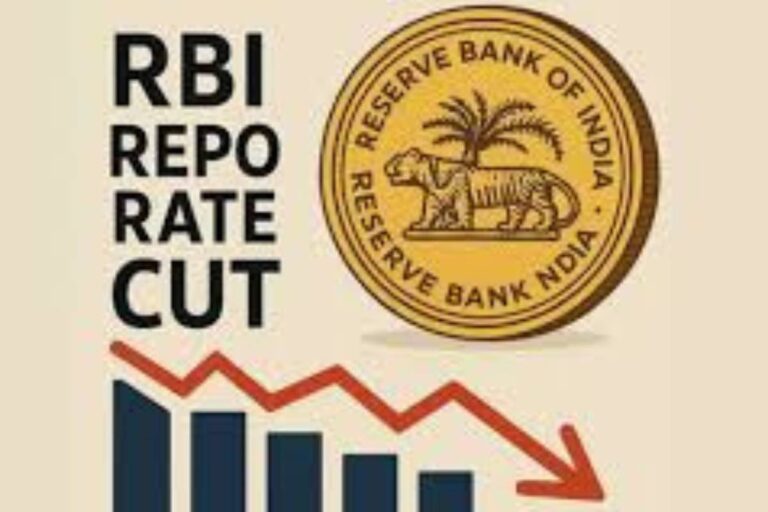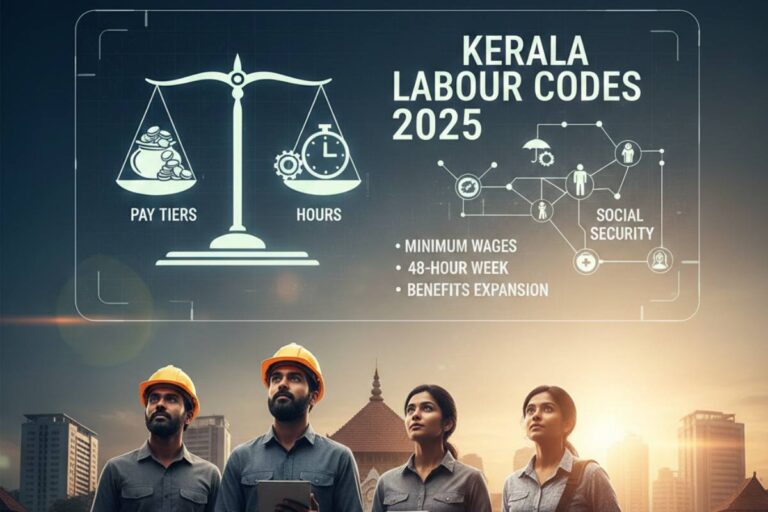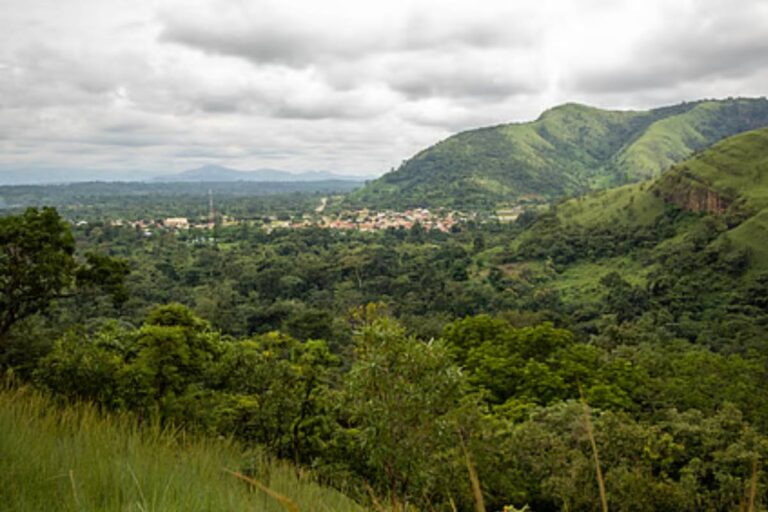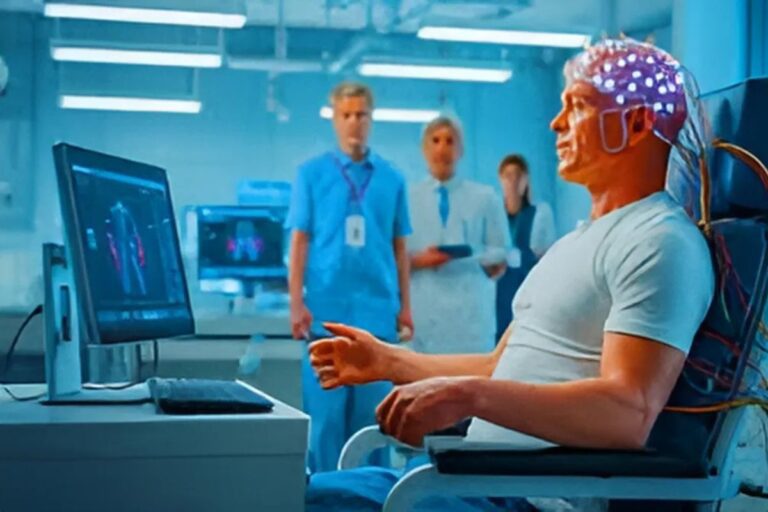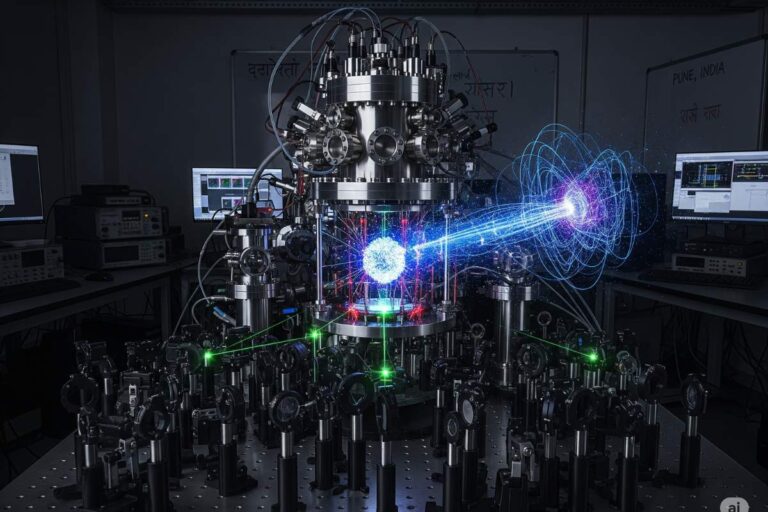So, picture this: It’s a regular news cycle, politics, markets, the usual noise, when suddenly, out of left field, President Trump steps up to the mic and drops a bombshell. “We’ve just inked the biggest trade deal ever with Japan.” Cue the headlines. Cue the market jitters. Cue the collective “Wait, what just happened?” from just about everyone who follows global trade (and, honestly, even those who don’t).
But what’s really going on here? Is this just another headline-grabbing moment, or is there something deeper, something that could actually change the way the world does business? Let’s spill the beans.
A Little Backstory (Because Context Is Everything)
First, let’s rewind. The US and Japan? Not exactly strangers. Their trade relationship goes way back; think post-WWII, think decades of back-and-forth over cars, rice, electronics, and, yes, the occasional diplomatic spat. For years, the US has grumbled about trade imbalances (you know, the whole “we buy more from them than they buy from us” thing), while Japan has quietly (or not-so-quietly) protected certain industries. Rice, for example. Don’t even get started on rice.
Then along comes Trump, waving the “America First” banner and promising to shake things up. Tariffs, threats, tough talk. Some folks loved it. Others? Not so much. But one thing’s for sure: it got everyone’s attention.
The Deal, And Why It’s a Big Deal
Okay, so what’s actually in this “massive” trade deal? Here’s the kicker: it’s not just about slapping tariffs on stuff and calling it a day. There’s a lot more going on under the hood.
First up, tariffs. The US and Japan agreed to a 15% reciprocal tariff on a whole bunch of goods. That’s a big drop from the 25% Trump had been threatening (which, let’s be honest, had a lot of people sweating bullets). Japanese cars, American rice, trucks, and a laundry list of other products, all in the mix.
But wait, there’s more. Japan’s ponying up a jaw-dropping $550 billion in investment into the US economy. That’s not pocket change. That’s the kind of money that gets Wall Street buzzing and Main Street dreaming about new jobs, new factories, and maybe, just maybe, a little less economic anxiety.
And if you’re wondering about the fine print? The deal also cracks open Japan’s markets to more US agricultural products (farmers, rejoice), and there’s a nod to digital trade; think e-commerce, data flows, and all the stuff that makes the modern economy tick.
The Economic Ripples, Who Wins, Who Loses, and Who’s Just Trying to Keep Up
Let’s not beat around the bush: $550 billion is a lot of dough. For the US, that means a shot in the arm for manufacturing, more jobs (at least in theory), and a nice talking point for politicians. Trump, never one to miss a victory lap, called it “the biggest deal ever.” Hyperbole? Maybe. But the numbers are nothing to sneeze at.
For Japan, it’s a bit of a mixed bag. On one hand, they get to keep selling cars to Americans (which, if you know anything about Japan’s economy, is a very big deal). On the other hand, those 15% tariffs still sting, and opening up to more US agricultural imports? That’s a tough sell for Japanese farmers, who’ve been used to a lot of protection.
Funny thing is, the markets seemed to love it, at least at first. The Nikkei 225 (that’s Japan’s main stock index, for the uninitiated) jumped 3.5% after the announcement. Toyota, Nissan, and Honda are all up. Wall Street? Also pretty happy. For now.
But here’s where it gets interesting: trade deals are never just about numbers. They’re about power, leverage, and, sometimes, saving face. And this one? It’s got all of that in spades.
Politics, Power Plays, and the Art of the Deal
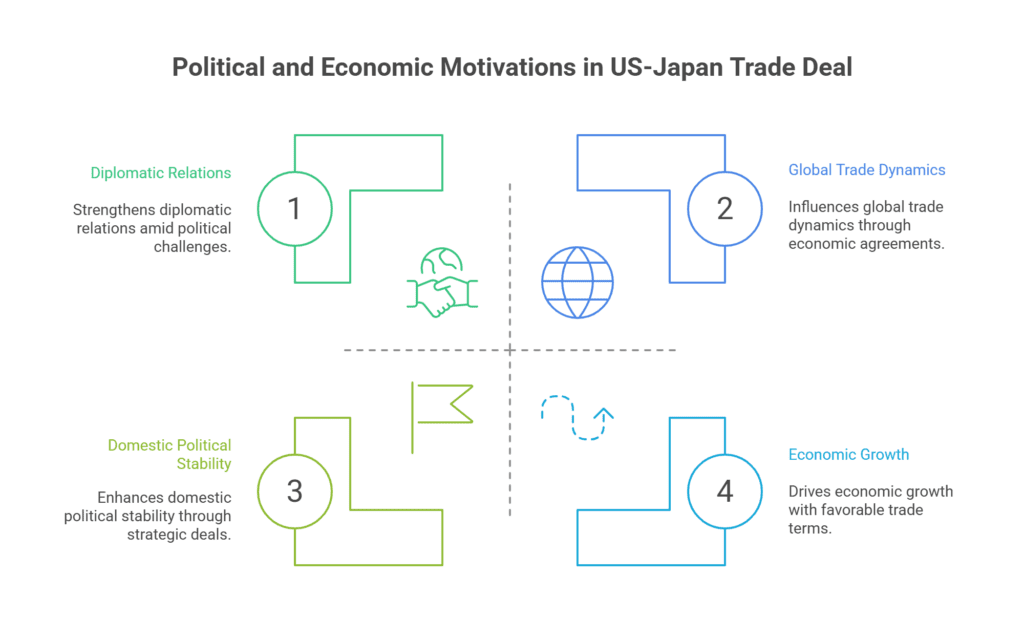
Let’s talk politics. Trump needed a win, something big, something he could point to and say, “See? I told you I could get a better deal.” And, if I’m honest, he kind of pulled it off. The deal fits perfectly with his “America First” narrative. Jobs, investment, tough talk, check, check, and check.
But what about Japan? Prime Minister Shigeru Ishiba (who, by the way, has been having a rough go of it politically) needed something to shore up his own position. His party just lost its majority in the upper house, and the last thing he needed was a trade war with the US. So, in a way, this deal is as much about political survival as it is about economics.
And let’s not forget the diplomatic angle. The US and Japan are two of the world’s biggest economies. When they make a move like this, the rest of the world pays attention. China, the EU, and even smaller players in Asia are all watching, wondering what this means for their own trade talks.
The Global Domino Effect: Why Everyone Else Should Care
Here’s the thing: trade deals don’t happen in a vacuum. When the US and Japan shake hands, it sends ripples (sometimes waves) through the global economy.
For starters, other countries now have a blueprint. Reciprocal tariffs, big investment promises, and digital trade provisions are all things that could show up in future deals. And if you’re China, you’re probably taking notes (and maybe feeling a little pressure).
Supply chains? Oh, they’re definitely in for a shakeup. Companies that rely on parts from Japan or the US are already running the numbers, trying to figure out what this means for their bottom line. Some will win. Some will lose. Most will just try to adapt, because that’s what business does.
And the markets? Well, they’re fickle. Today’s rally could be tomorrow’s sell-off. But for now, investors seem to think this is good news. (Just don’t bet the farm on it.)
What the Experts Are Saying (And Why You Should Listen)
You know what’s funny? For all the noise, the experts are, surprise!, kind of split.
Some economists are calling this a “landmark” deal, saying it could set the tone for a new era of global trade. They point to the size of the investment, the opening of markets, and the focus on digital trade as signs that this is more than just political theater.
Others? Not so fast. They worry about the long-term impact of tariffs (even at 15%), the potential for retaliation from other countries, and the fact that, well, trade deals are only as good as the people enforcing them. (And let’s be real, enforcement is always a bit of a gray area.)
Industry leaders, especially in autos and agriculture, are mostly happy. More access, more sales, more growth. But there’s a lot of “wait and see” in their voices. Because, as anyone who’s been around the block knows, the devil is always in the details.
Looking Ahead, What’s Next for the US, Japan, and the Rest of Us?
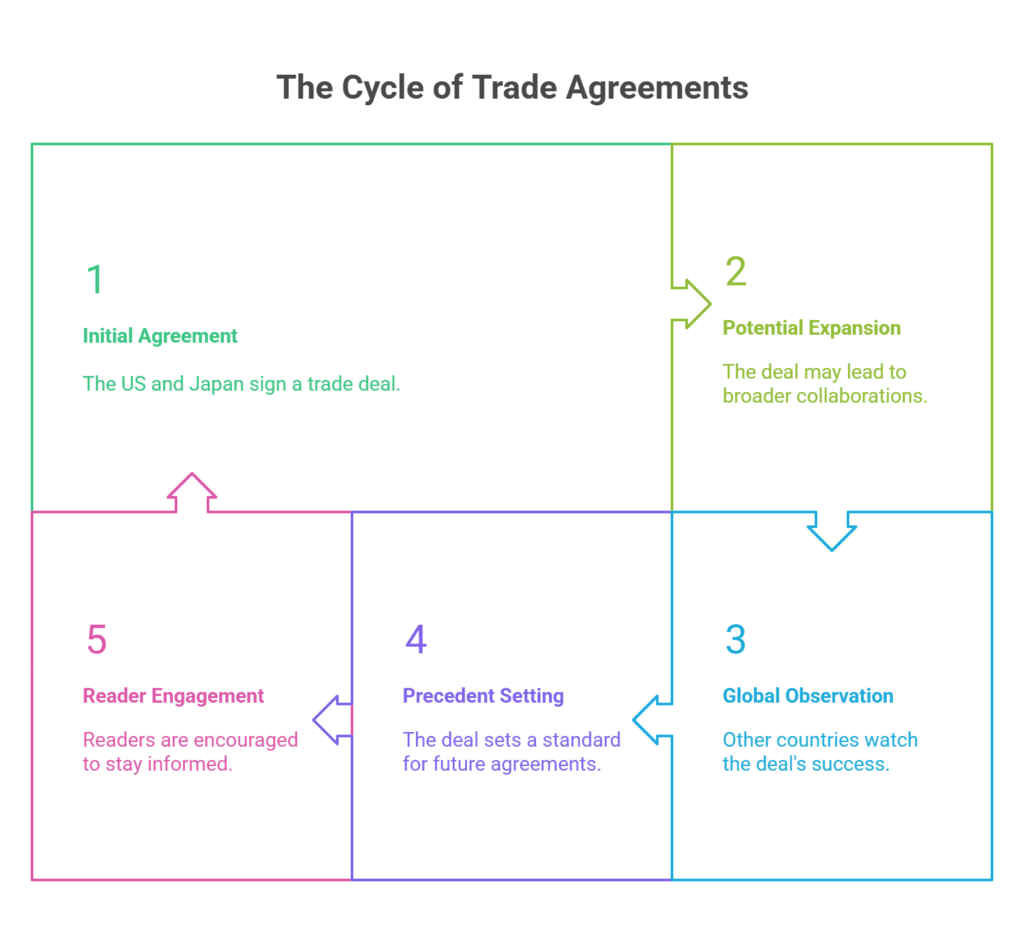
So, where do we go from here? That’s the million-dollar question (or, in this case, the $550 billion question).
For the US and Japan, this deal could be the start of something bigger. More trade, more investment, maybe even collaboration in areas like technology and defense. Or it could be a one-off, a headline that fades as the next crisis (or tweet) takes over.
For the rest of the world? Watch closely. This deal sets a precedent. If it works, expect to see more countries pushing for similar terms. If it doesn’t, well, let’s just say there’s no shortage of skeptics ready to say, “I told you so.”
And for you, the reader? Stay curious. Trade deals might seem dry, but they shape the world you live in, what you buy, what you pay, and even where you work. So next time you see a headline about tariffs or trade wars, don’t just scroll by. Dig in. Ask questions. Because, believe it or not, this stuff matters.
The Bottom Line
Here’s the bottom line: The US-Japan trade deal is big. Maybe not “biggest ever” (history is full of whoppers), but big enough to matter. It’s a win for some, a challenge for others, and a signal to the world that, in the age of Trump, nothing is off the table.
Will it last? Will it deliver on all its promises? Only time will tell. But one thing’s for sure: the world of trade just got a little more interesting.
So, what do you think? Is this the start of a new era, or just another blip on the radar? Drop your thoughts, share the article, and, if you’re feeling bold, ask your friends what they think. Because, at the end of the day, trade isn’t just about numbers. It’s about people. And that means you.








